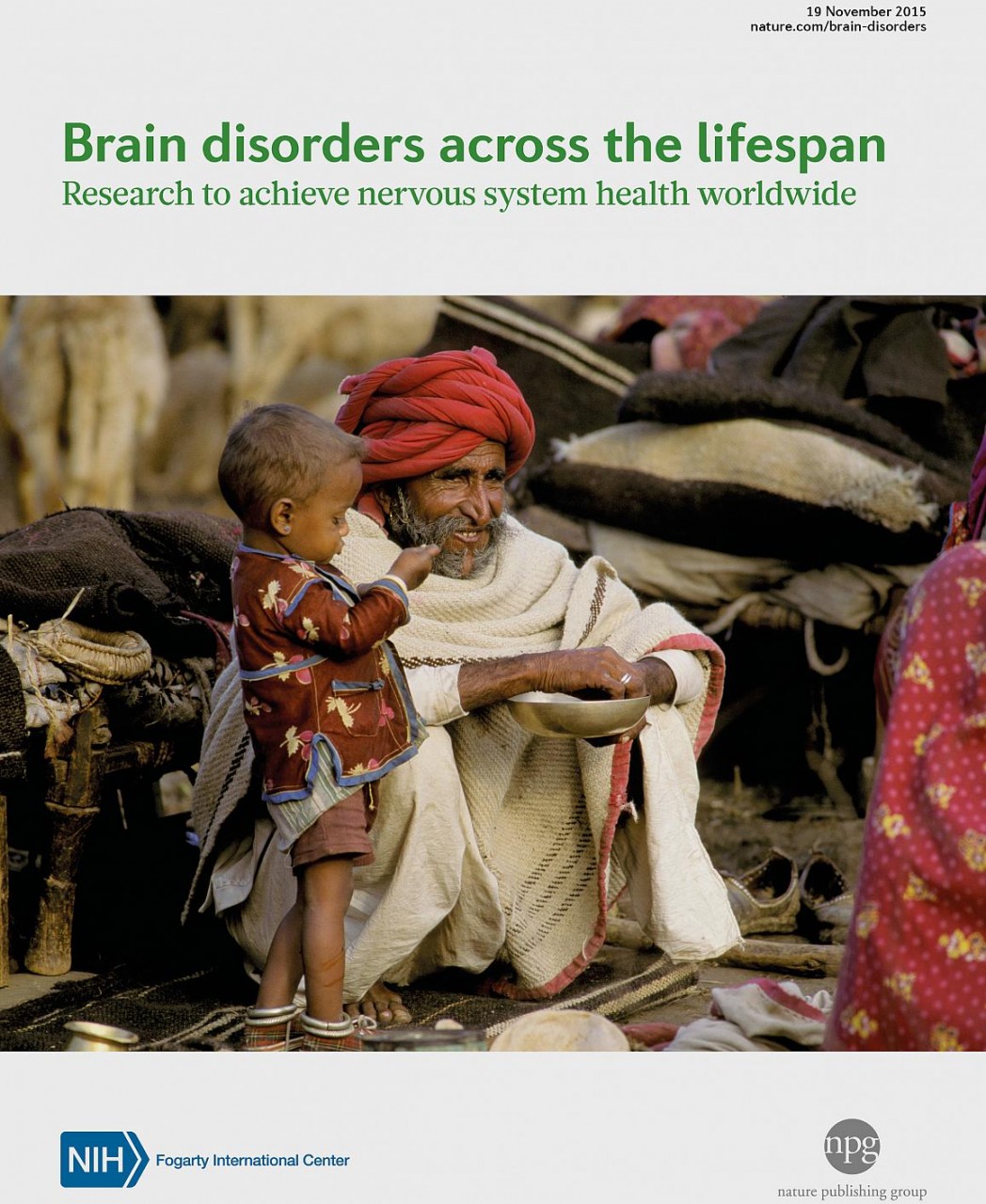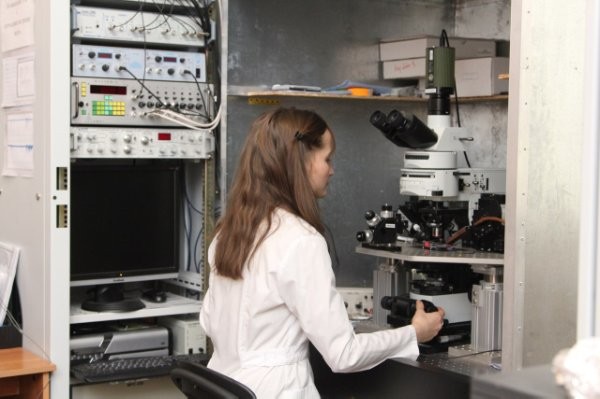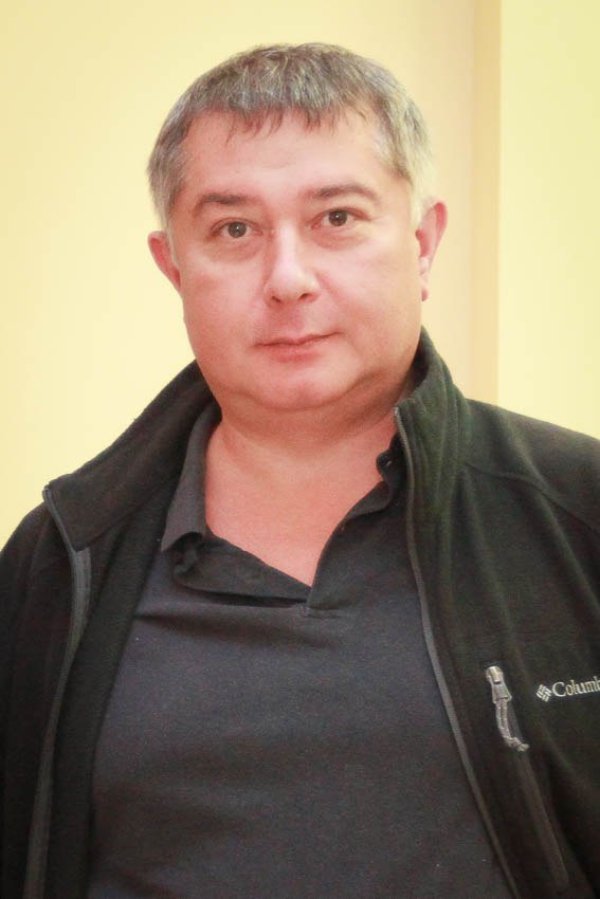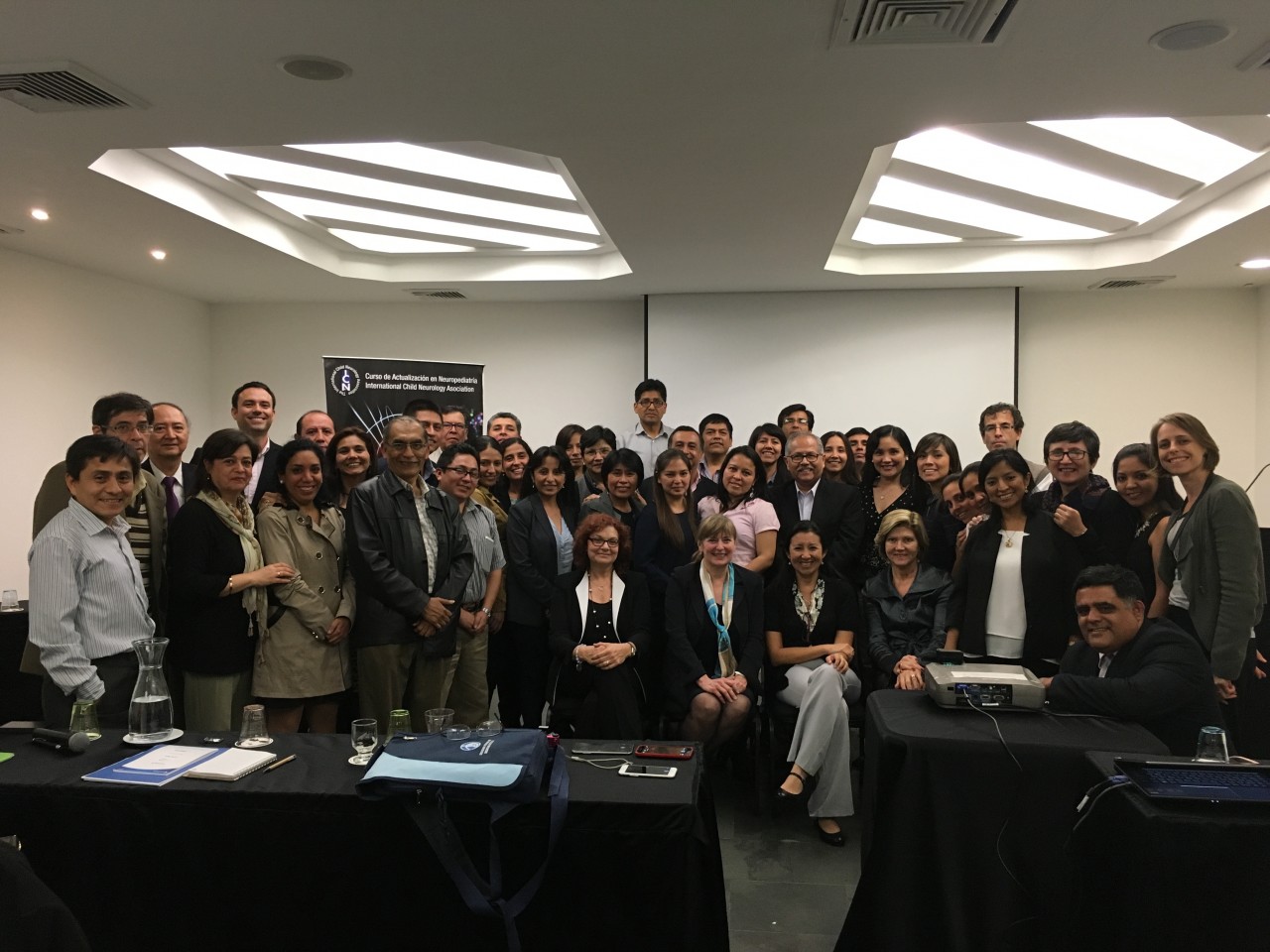
Stimulant medications for attention-deficit/hyperactivity disorder (ADHD) cause sleep problems among the children who take them, a new study from the University of Nebraska-Lincoln concludes. The study addresses decades of conflicting opinions and evidence about the medications' effect on sleep.
In a "meta-analysis,"published online Nov. 23 by the journal Pediatrics, the Nebraska researchers found children given the medicines take significantly longer to fall asleep, have poorer quality sleep and sleep for shorter periods.
About one in 14 children and adolescents in the U.S. are diagnosed with ADHD, a chronic condition that includes attention difficulty, hyperactivity and impulsiveness. About 3.5 million are prescribed stimulant medications such as Ritalin and Adderall, the most common form of ADHD treatment.
Many research articles have been written in the past 30 years on whether ADHD medications harm the ability to sleep. Some researchers have found that the drugs do interfere with sleep, particularly if taken later in the day. Others maintain the medications improve ADHD patients' ability to sleep, by relieving symptoms and reducing resistance to bedtime. Indeed, some suggest that sleep problems are caused by the medication wearing off near bedtime, creating withdrawal symptoms.
For the meta-analysis after screening nearly 10,000 articles, Kidwell and her colleagues reviewed 167 full texts before selecting nine studies of sufficient rigor for their analysis. Tori Van Dyk and Alyssa Lundahl, also psychology doctoral students, assisted in the effort. Studies included in the analysis were peer-reviewed, randomized experiments.
The studies did not rely on parental reports of their children's sleeping patterns, instead requiring objective measures obtained through clinical sleep studies or wristband monitors used at home. The researchers found that both methylphenidate medications like Ritalin and amphetamines like Adderall cause sleep problems, without identifying differences between the two. Although they were unable to determine whether varying dosage amounts changed the effect on sleep, they found that more frequent dosages made it harder for children to fall asleep. They found that drugs tend to cause more sleep problems for boys.
The problems dissipate, but never completely go away, the longer children continue to take the medication. Sleep impairment is related to many cognitive, emotional and behavioral consequences, such as inattention, irritability and defiance. Sleep adverse effects could undermine the benefits of stimulant medications in some cases. Pediatricians should carefully consider dosage amounts, standard versus extended release, and dosage frequencies to minimize sleep problems while effectively treating ADHD symptoms.
ADHD medications are generally well tolerated in general and there is evidence for their effectiveness. But physicians need to weigh the pros and cons in any medication decision, and considering the potential for disrupted sleep should be part of that cost-benefit analysis with stimulants.
Citation:
Stimulant Medications and Sleep for Youth with ADHD: A Meta-Analysis (Kidwell HM, et al. Pediatrics. Nov. 23, 2015, www.pediatrics.org/cgi/doi/10.1542/peds.2015-1708).
Coverphoto:Psychology doctoral student and lead author Katie Kidwell (right), doctoral student Alyssa Lundahl and Professor Tim Nelson authored the paper along with doctoral student Tori Van Dyk, who is away from UNL on an internship. (Craig Chandler/University Communications)
Read More
- Details
- ICNA
- News
- Hits: 1153

Infants are starved of oxygen during difficult births. Children’s cognitive function is permanently damaged due to malnutrition or exposure to infections or toxins. Adults suffer from crippling depression or dementia. The breadth and complexity of these and other brain and nervous system disorders make them some of the most difficult conditions to diagnose and treat, especially in the developing world, where there are few resources.
An NIH-led collaboration has studied these complex issues that occur across the lifespan and today published a supplement to the journal Nature that lays out a research strategy to address them. “We may be at a tipping point for research related to global brain disorders,” according to an introductory article authored by co-editors Dr. Donald Silberberg, of the University of Pennsylvania, Philadelphia, and Dr. Rajesh Kalaria, of Newcastle University in the United Kingdom.
“Over the past few decades, exciting basic science discoveries have been made, effective interventions have been developed and advances in technology have set the stage for a research agenda that can lead to unprecedented progress in this field.” More than 40 scientists collaborated to produce nine review articles that detail research priorities for different aspects of brain disorders in low- and middle-income countries (LMICs).
The most strategic opportunities involve cross-disciplinary studies of the relationship among environmental, developmental and genetic factors on brain disorders, the co-authors note. Advances in genomics provide new clues for mental disorders research, including predispositions for substance abuse and addiction, which could be harnessed to improve diagnosis and identify tailored treatments. The miniaturization of diagnostic technologies and other mobile health advances could improve surveillance, assessment and treatment of mental and nervous system disorders in LMICs, where cell phones are widely used.
To address infection-related nervous system morbidity, scientists should produce accurate estimates of disease burden, develop point-of-care assays for infection diagnosis, improve assessment tools for cognitive and mental health impairment, and study ways to improve infection prevention and treatment. In addition, the authors note that because LMIC populations suffer exposures to toxins due to poorly regulated mining or other industries, there are opportunities to advance scientific understanding of brain responses to environmental challenges.
The authors also advocate for longitudinal studies that would be conducted across the lifespan in LMICs, to study the unique circumstances and risk factors in childhood, adolescence, adulthood and old age. Regional variations in the challenges posed by brain disorders mean that research priorities need to be addressed country-by-country, and by regions within countries. To explore these many research gaps, local scientific capacity must be developed, as these questions are best addressed by indigenous scientists who can seek context-sensitive solutions. Chart shows comparison of disability associated life years (DALYs) between high-income and low- and middle-income countries. Chart shows comparison of disability associated life years (DALYs) between high-income and low- and middle-income countries.
The data were derived from the World Health Organization and the Global Burden of Disease 2010 Study. Although they cause nearly one-third of the global burden of disease, brain and nervous system disorders have been largely absent from the global health agenda, according to authors. As the population ages, these disorders will make up a growing proportion of illness and disability. This rise will be steeper in LMICs, where early life trauma, infectious disease and malnutrition contribute to the development of these disorders, the co-authors of the study predict.
Although developing countries bear a disproportionately large share of these problems, they have minimal resources to cope with the challenges. “This burden significantly affects the ability of children and adolescents to thrive and live out their true potential, and the ability of young adults to be productive economically and support their families, as well as the opportunity for older adults to age in safe and nurturing settings,” the co-authors observe. The tide is changing, the supplement’s authors acknowledge, with mental health, substance abuse and chemical exposures among the priorities included in the new Sustainable Development Goals, announced by the United Nations last September.
The project, led by the Center for Global Health Studies at the NIH’s Fogarty International Center, grew from a meeting of grantees and other scientific experts, convened in February 2014. While advances in brain imaging, nanoscience and genetics hold much promise for research discoveries, more resources are needed, according to Fogarty Director Dr. Roger I. Glass, who contributed a foreword to the publication. “We hope this supplement inspires other scientists and funding partners to join us in addressing the full spectrum of research, training, implementation and policy questions needed to alleviate global suffering from mental and neurological disorders that occur across the lifespan.” The journal supplement is open-access and available at www.nature.com/brain-disorders
Read More
- Details
- ICNA
- News
- Hits: 1140

 Roustem KhazipovThe excitatory and inhibitory actions regulated by neurotransmitters are responsible for brain activity. Glutamic acid mediates excitatory actions while GABA is inhibitory. However it has been known for nearly two decades that during development, GABA exerts a depolarizing action on immature neurons. However, at the network level the effects of GABA are complex involving both excitatory and inhibitory actions.
Roustem KhazipovThe excitatory and inhibitory actions regulated by neurotransmitters are responsible for brain activity. Glutamic acid mediates excitatory actions while GABA is inhibitory. However it has been known for nearly two decades that during development, GABA exerts a depolarizing action on immature neurons. However, at the network level the effects of GABA are complex involving both excitatory and inhibitory actions.
A group of researchers from Kazan Federal University, Russia and Aix-Marseille University, France, has shown that the actions of GABA critically depend on the network state. They have found that although GABA depolarizes neurons at rest and at the onset of population bursts, it transiently becomes hyperpolarizing at the peak of the population bursts. These dynamic changes in GABA actions enable GABAergic interneurons not only to initiate the network discharge but also to control excitation to prevent epileptiform synchronization. Losing inhibitory and gaining excitatory action by GABA during epilepsy could contribute to the pathogenesis.
They characterized the dynamics of synaptic currents mediated by GABA(A) and glutamate receptors through an estimation of the changes in their conductance and driving forces in neonatal rat CA3 pyramidal cells during GDPs. They found that depolarizing GABAergic and glutamatergic currents act in synergy at the GDPs' onset. However, during the peak of the population discharge, the inward synaptic current was essentially mediated by glutamate receptors whereas GABA currents transiently switched their direction from depolarizing to hyperpolarizing as a result of neuronal depolarization above the GABA(A) reversal potential.
Thus, the action of GABA on CA3 pyramidal cells dynamically changes during GDPs from excitatory at the GDPs' onset to inhibitory at the GDPs' peak. Dynamic changes in GABA actions occurring during GDPs seem to enable GABAergic interneurons not only to initiate the discharge of pyramidal cells but also to control excitation in the recurrent CA3 network preventing epileptiform synchronization.
According to the research team led by Roustem Khazipov, from Kazan Federal University, Russia the brain appears to be in two states: sleeping and arousal and it switches between them quite rhythmically, e.g. during deep sleep a brain can change its state several times within a second. In their recent study published in Journal of Neuroscience they demonstrate that GABA performs excitatory actions in a "sleep" state in children, and vice versa, inhibitory actions when the brain is aroused. In addition to that, in adult brain GABA switches from inhibition to excitation in epilepsy and other conditions including post traumatic brain injury and ischemia.
The experiments were performed on neonatal rats and mice hippocampus since it relates closely to that of human fetus at the second half of pregnancy period. The findings have potential applications in the treatment of epilepsy, ischemia and brain trauma.
Citation:Khalilov I, Minlebaev M, Mukhtarov M, Khazipov R. Dynamic Changes from Depolarizing to Hyperpolarizing GABAergic Actions during Giant Depolarizing Potentials in the Neonatal Rat Hippocampus. J Neurosci. 2015 Sep 16;35(37):12635-42. doi: 10.1523/JNEUROSCI.1922-15.2015. PubMed PMID: 26377455. ![]() Full Text1.13 MB
Full Text1.13 MB
Read More
- Details
- ICNA
- News
- Hits: 1109

Under the auspices of ICNA, a Peruvian educational meeting was held on November 9 and 10th, 2015, in Lima. Dr. Pilar Medina was our host. She was able to get enough funds to bring together 60 neurologists from all over the country. The meeting took place at the Hotel Business Tower in San Borja district, Lima. The room remained crowded during the two-day event, from 8:00 am until 6:30 pm.
Four sessions were carried out: movement disorders, epilepsy, metabolic diseases and demyelinating diseases. Experts in the field gave the lectures, followed by a discussion of a couple of cases presented by the local neurologists.
Dr. Ingrid Tein, president of ICNA, was one of the course teachers. Her talks were: Approach to Neonatal Metabolic Encephalopathies: Investigation and Treatment; Approach to Epilepsy in Mitochondrial Disorders; Update on Treatments in Mitochondrial Disorders; Approach to Metabolic Myopathies and Recurrent Myoglobinuria.
Dr. Marilisa M. Guerreiro from Brazil gave the following lectures: Advances in the Diagnosis of Refractory Epilepsy in Children: Neuroimaging (Malformations of cortical development, Developmental tumors, Temporal lobe epilepsy); Advances in the Diagnosis of Children with Epilepsy: EEG (Continuous spike and wave during sleep and Landau-Kleffner syndrome); Cognitive Comorbidity of Epilepsy in Children; Epileptic Encephalopathies: Diagnosis and Treatment.
Dr. Marcelo Masruha Rodrigues, current president of Brazilian Child Neurology Society, gave the following lectures: Diagnostic evaluation of children with movement disorders; Diagnosis and management of disorders of catecholamine synthesis and transport; Nonepileptic paroxysmal disorders in children.
Dr. Silvia Tenembaum from Argentina gave the following lectures: Advances in the diagnosis of acquired inflammatory/demyelinating disorders; AQP4- and MOG-antibodies-associated inflammatory disorders in children; Update on treatment of ADEM, multiple sclerosis, and neuromyelitis optica spectrum disorders in children; Differential diagnosis of inflammatory/demyelinating disorders in children.
This was a very successful meeting. Both participants and teachers enjoyed very much the close relationship and the possibility of exchanging experiences. The excellent level of the Peruvian Child Neurology community impressed us.
The speakers were very well looked after and we had the chance to enjoy some of the delicious Peruvian cuisine.
I would like to express my sincere thankfulness to Dr. Pilar Medina and the speakers who propitiated such a wonderful meeting.
Marilisa M. Guerreiro
Professor of Child Neurology
Department of Neurology
FCM - University of Campinas (Unicamp)
Campinas - SP -Brazil
Read More
- Details
- Dr Marilisa M Guerreiro
- News
- Hits: 586

The International Child Neurology Association (ICNA) is establishing a trainee hub - "ICNA Future Leaders", as a focal point for child neurology doctors who are in training or newly qualified. The ICNA would like to provide focused support for the unique needs of this group.
We invite you to send us topics would you like to discuss further and areas which you would identify as of strategic need.
The first formal "ICNA Future Leaders" get together will be at the 2016 ICNC in Amsterdam but the group will be encouraged to communicate via social media and the residents' forum on ICNApedia ( http://icnapedia.org/residents )in the interim.
Jo Wilmshurst
Secretary, ICNA
Head of Paediatric Neurology
Red Cross War Memorial Children’s Hospital
University of Cape Town
South Africa
Tel: 021 658 5434
Fax: 021 689 1287
This email address is being protected from spambots. You need JavaScript enabled to view it.
Read More
- Details
- Jo M Wilmshurst
- News
- Hits: 758